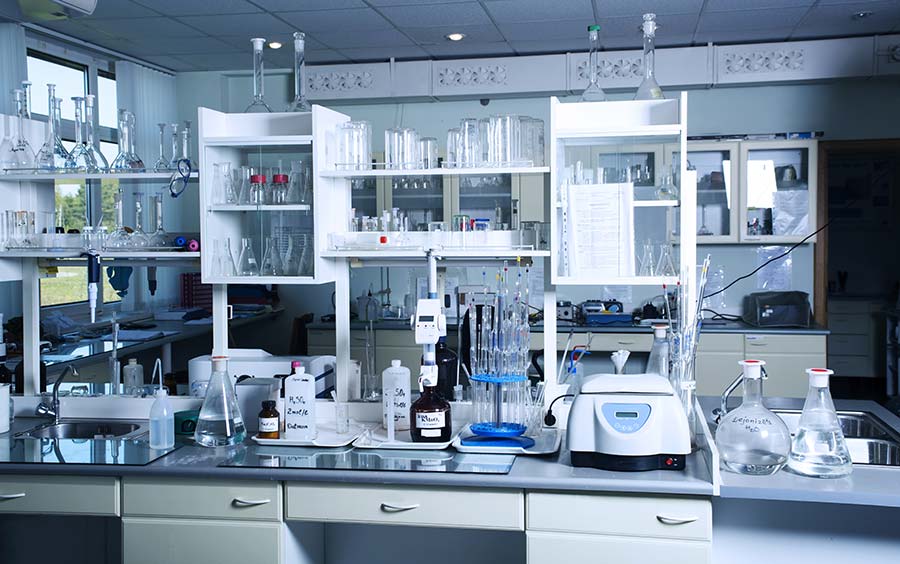Complacency. It’s a status we don’t like to admit happens. We’re experts in what we do, surely we know what we’re doing and don’t need to have safety training on equipment and devices we use every day.
But the reality is, injuries in the laboratory happen because we become comfortable with the equipment and devices we use every day that we can forget or ignore the inherent danger associated with them. As a result, we tend to take shortcuts or bypass routine safety measures because the risk of doing so doesn’t seem to us to be “a big deal.” Unfortunately, in the laboratory we have the potential to work with chemicals that can cause cancer or infectious agents that can cause disease, so even the slightest exposure from an incident can cause a serious illness. We also work with glass, autoclaves, and centrifuges that can, and have, caused serious injuries to laboratory personnel.
2012 study of research lab personnel conducted by the UC Center for Laboratory Safety, BioRAFT and Nature Publishing Group (a draft of which may be found at http://www.bioraft.com/sites/default/files/uploads/Lab_Safety_Culture-draft_report.pdf) found that 51% of those surveyed agreed that the number of major injuries occurring in the lab could have been reduced if lab safety procedures were always followed. So why aren’t lab safety procedures always followed?
Sometimes it’s because we really haven’t been trained on all the lab safety procedures we need to know. Sure, we’ve received lab safety training, but how detailed was it on the tasks that are actually performed in the lab? In the same 2012 study, 41% of lab personnel surveyed felt that safety training was focused on compliance rather than improving safety in their lab. So how can we make lab safety training really applicable to what tasks are being performed to prevent injuries and exposures?

One way is through a process called job safety analysis, or job hazard analysis. While OSHA and other regulatory agencies don’t require an employer to perform a job safety analysis, it’s one way to clearly understand the steps and hazards that can occur at each step, and to then identify safety measures (such as working in a hood or biological safety cabinet, using safe workpractices for performing the task, or PPE to be worn) that can and should be taken at each step. Once those steps and safety measures are identified, standard operating procedures (SOPs) can be developed and made available to all lab personnel to follow.
Once these SOPs are developed it’s important that all personnel periodically review them to be sure they are always being followed. I remember years ago when working in a lab, after having performed a routine analytical procedure many, many times, I decided to pull out the procedure and read through it carefully. To my astonishment, I had been leaving out a step in the process. Fortunately, I always ran at least three standards to develop a standard curve with each run, and these standards were treated in the same way, so the overall effect was (hopefully) minimal, but the lesson learned was to not become complacent and presume we know we’re following all the right steps.
What routine tasks are performed in your lab that might cause injury or exposures? Do lab personnel run autoclaves, work with glass, or work with corrosive materials? A quick 10 minute refresher on the safe handling procedures every now and then can certainly help in reminding lab personnel on the proper precautions. Have a new procedure that involves a reactive chemical? Spend a little time reviewing the precautions for storing and handling reactives. Whatever the potential hazard in the lab might be, a few moments of training can prevent potentially debilitating injuries and exposures, and lost time in the laboratory.


